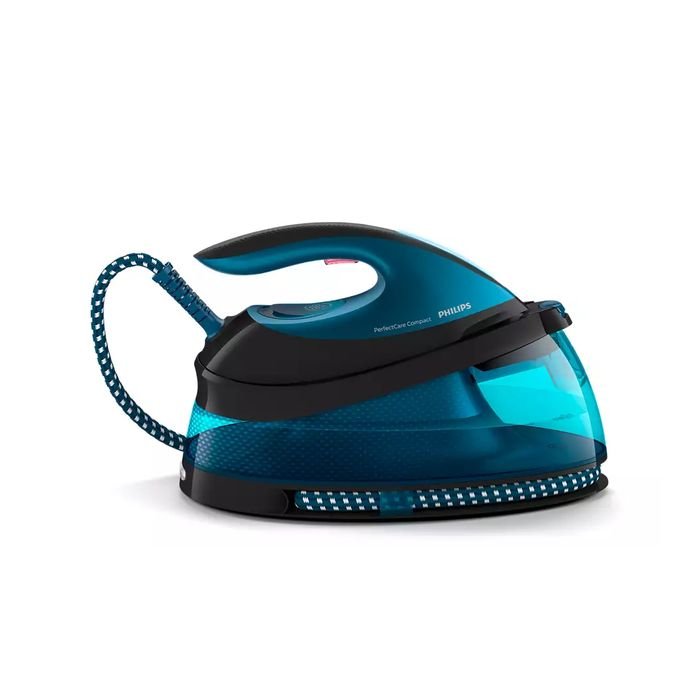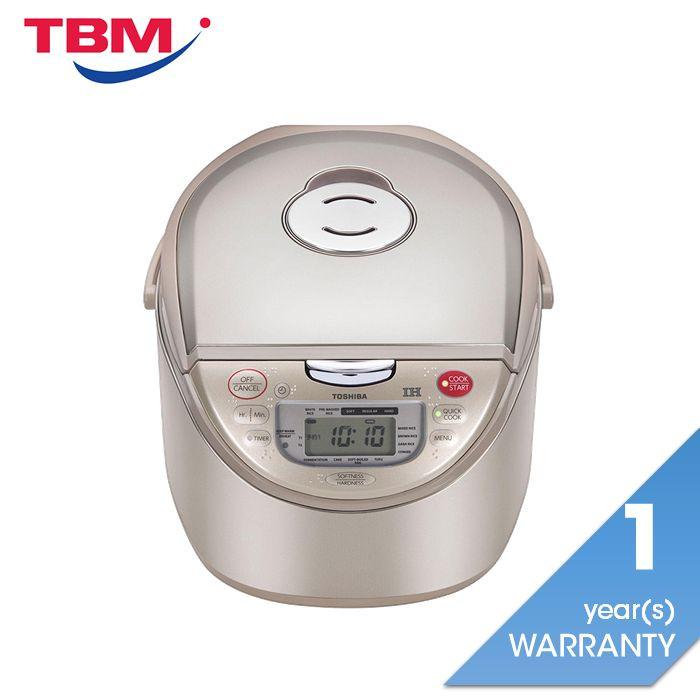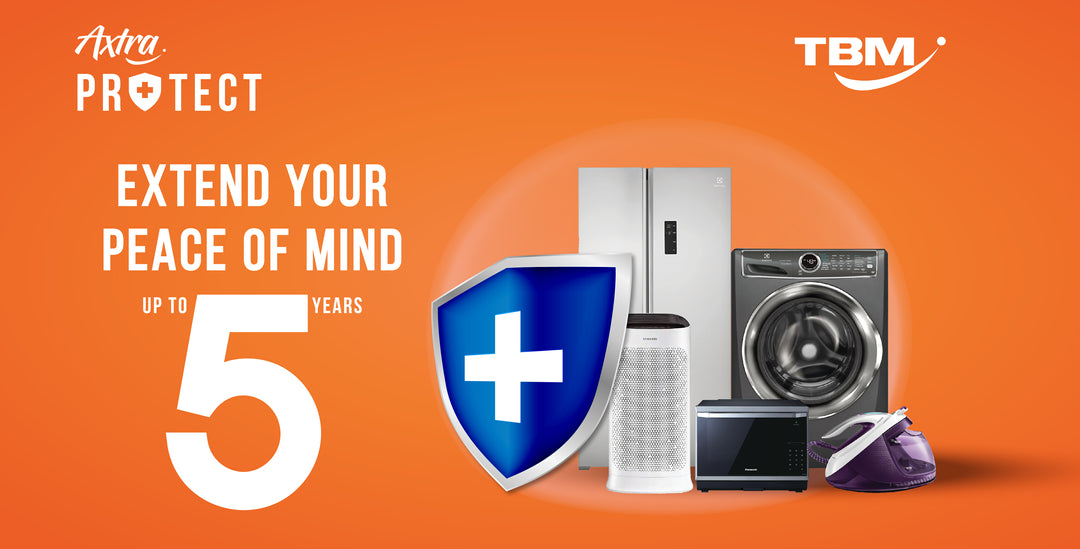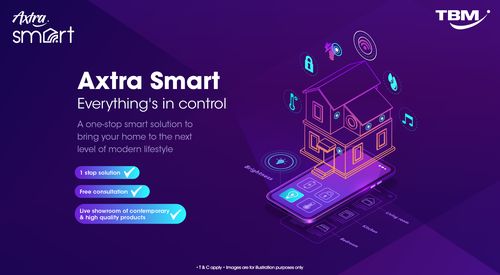Refrigerators
A) Types of refrigerators
B) Things to consider when purchasing
C) Features & Benefits
D) Installation
E) Maintenance
A) Types of refrigerators
B) Things to consider when purchasing
-
Size/Capacity
- Inefficient usage for this appliance will result in higher expenses.
- Find a fridge that is just right for you and your family!
1-2 pax = 200-380L
3-4 pax = 350-530L
5+ pax = 440L and above
-
Measurements
- Measure your space before you shop for it, especially if you are planning to install a cabinet next to or around it.
- Depth, width, height
- Ensure there is enough ventilation all around
- 2cm on either side and 3cm at the top and back
- Improper ventilation will result in more energy usage and damage to the motor and compressor
- Measure door openings and hinges
- Make sure they will not hit the door, walls, etc
- Measure your doorway to ensure your fridge gets through the door when it arrives
-
Energy Star Rating
- The higher the energy star rating, the more energy efficient the appliance this will help save electricity costs in the long run
- Bigger fridges will require more energy
- Inverter compressor saves more energy
C) Features & Benefits
-
Door/Temperature Alarms
- Alerts you when refrigerator has been left open for a few minutes
-
Child Locks
- Prevent children from opening the door when they are not supposed to
-
Quiet Operation
- Reduces noise from your fridge and keeps kitchen quiet
-
Built-In Ice Maker/Water dispenser
- Always plentiful of ice and cold water; look for ice makers and water dispensers with built-in filtration systems
-
Fast cooling compartments
- Cool things down fast without freezing them
-
Modes
- Normal: used when refrigerator door is often opened
- Eco: used when you do not open the refrigerator door a lot
- Holiday: used when you’re away from home for long periods. Minimizes defrosting to save energy but maintains your temperature settings
-
Multi-temperature setting
- Allows you to set different temperatures within certain areas of the fridge
-
LED lighting
- More energy efficient than traditional lighting and emits less heat. This is an advantage as slight temperature changes will affect the lifespan of your food
-
Two or three blowers
- There is a frost free option for modern fridges whereby they have two fans. One is under the refrigerator to cool the compressor and force air through the exterior coils and the second one is inside the refrigerator and moves the air around the coils to assist in the defrost process.
-
Ionizer
- It uses negative ion generators to attract particulates from the air
-
Foldable shelf
- Some models has foldable shelves to accommodate taller containers
-
Movable/removable ice tray
- Can be removed if there is not enough space in the freezer
D) Installation
- It is recommended that fridge should be kept upright while moving because it can weaken or damage the mechanism inside.
- Wait for everything to settle at least an hour before running it.
- Avoid filling up the fridge before it is turned on because it may take longer for the refrigerator to cool down and will consume more energy.
- Remove packaging and clean all shelves and compartment with water. Remember to clean the outside too.
- After an hour of settling it down, switch the fridge on
- Follow instructions from the instruction manual because different models have different ways of functioning
- Make sure that the placement of your fridge is away from heat sources such as the range cooker, oven, and dishwasher. This will keep your appliances from working too hard to keep your food cold.
E) Maintenance
-
Replace Rubber Seal on Door
- Over time, the rubber seal or gasket will loosen. This will let unwanted warm air entering the fridge thus increasing energy bills and shorten lifespan of fridge.
-
Tidy Up Your Condenser Coils
- Condenser coils functions a heat remover of the fridge. It is usually located on the back of the fridge or underside of the fridge.
- They will become dusty overtime. To clean, use a bristle brush to remove any dirt that has accumulated over the years
-
Cool off your leftovers
- Prevent storing hot items in the fridge, let it cool down first before storing to prevent heat from entering your unit.
-
Organise and remove clutter from your refrigerator
- You can reduce energy usage by organizing your fridge or freezer’s interior. This will make it easier and quicker to locate your food in the fridge/freezer
- Store food properly in containers.
-
Reduce Frost Accumulation
- Frost buildup will cause a large waste of energy which makes it difficult to maintain cooler temperatures
-
Prevent over-filling the fridge
- Leave breathing spaces between item to allow efficient air flow and exchange within fridge compartments
- Do not block air flow or exchange outlets to allow fridge to operate at maximum efficiency
-
Seal food with strong odours
- Keep food with strong odours (i.e. fish, durian, belacan) in containers or sealed packets to prevent odour contamination to other foods
-
Clean the inside of your fridge regularly
- Maintaining a clean interior will help to maintain the hygiene of foods and prevent unwanted contamination







![[TBM Member Monthly Special][Instant Rebate] Philips GC7846/86 Steam Generator Iron 2400W | TBM Online](http://shop.tbm.com.my/cdn/shop/products/philips-steam-generator-gc784686-tbm-online-8740209.jpg?v=1761776072&width=1000)


![[CLEARANCE][Display Set] Panasonic EH - SP30 Facial Static Roller | TBM Online](http://shop.tbm.com.my/cdn/shop/files/panasonic-facial-therapy-eh-sp30-tbm-online-5125045.jpg?v=1761777081&width=900)
![[CLEARANCE][Display Set] Panasonic EH - SP30 Facial Static Roller | TBM Online](http://shop.tbm.com.my/cdn/shop/files/panasonic-facial-therapy-eh-sp30-tbm-online-9097996.jpg?v=1757310653&width=1000)




